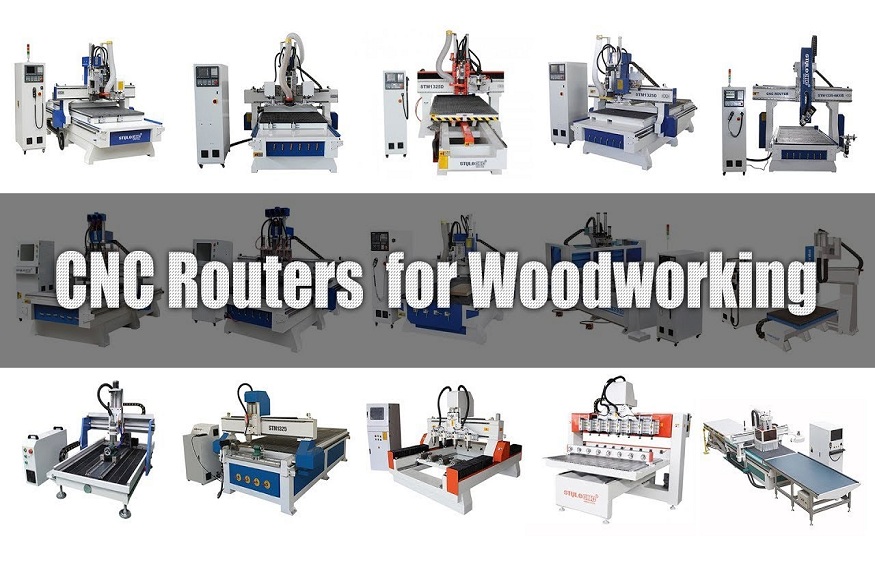What To Know When You Are Looking For CNC Routers For Woodworking

When choosing CNC routers for woodworking, companies must conduct due diligence. Customized routers have come a long way over the past decade, gaining more functionality. As such, buyers must consider their business’ future and focus on the present. They must also engage in an open dialogue with vendors.
Cost of CNC routers for woodworking
The price of CNC routers for woodworking depends on the machine’s configurations, size, and features. A single-head engraving machine is the most popular option for a home workshop, while multi-head routers are more expensive for enterprises with a higher production volume. These machines can be purchased for under a thousand dollars, but for larger productions, you may need to consider a giant machine.
Consumer-grade CNC routers are capable of horizontal and vertical axis movement. Some are also capable of flat engraving objects. However, the price of high-end machines is much higher. High-end CNC routers can cost up to $15,000, and you’ll likely want to invest in a unit with an impressive warranty. The initial investment in a new machine can be recouped over time if you use it regularly.
BobCNC is a low-cost option for the beginner that will cut plastic, wood, and PCBs. While you can mill metals with BobCNC, its quality doesn’t match that of other high-end CNC routers for woodworking. X-Carve is a mid-priced option. The price of a high-end machine will depend on features.
If you need a high-end CNC router for manufacturing production, you should plan on spending at least $150,000. The cost of electricity for a 33kW CNC router is around $4 per hour. In contrast, a personal CNC router is unlikely to require high energy usage. However, you may wish to hire a professional to review your design before committing to the purchase. This will add up to the cost of the machine and the labor it will require to run it.
Types of CNC routers
There are many CNC routers for woodworking, but which is best for you? Most woodworkers will use one or two of the three types of CNC routers. For home use, mid-range CNC routers are more affordable and practical. These machines are light and portable and can be purchased for less than 2000 US dollars. However, these machines are not powerful enough to handle bulk production, so you’ll have to invest in a giant machine. In addition, hobby CNC machines are not as accurate as professional ones, so you should only use them for small-scale projects.
CAM software used with CNC routers
When you buy a CNC router, you’ll significantly transition to a new workflow in your shop. This workflow can be simpler or more complex than that outlined above. For example, a typical workflow may begin with a CAD concept and end with a vector DXF file, considered “tool path ready,” but requires additional vector work in CAM software. Then, you may import bitmaps, vector files, or even 3d models into CAM software to get started. Ultimately, you’ll be able to create tool paths in CAM software.
When choosing CAM software, you may want to use CAM software with your CNC router. Many options are available, and choosing one compatible with your CNC router can be helpful. Many free CAD programs can also be used with a wood CNC router, including Rhino3D, Sketchlist3D, and AutoCAD. Some of these programs will even provide you with 2D drawing tools and can even be converted to 3D models.
In addition to CAD software, CNC CAM software will work directly with your wood CNC router, converting your design files into G code. The G code is the language that your wood CNC router needs to run the route you’ve chosen. It will determine the speed and feed of your work and the movement direction, which means you’ll be guaranteed perfect precision every time. CAM software can also help you extend your scope of production, allowing you to work more efficiently and profitably.







